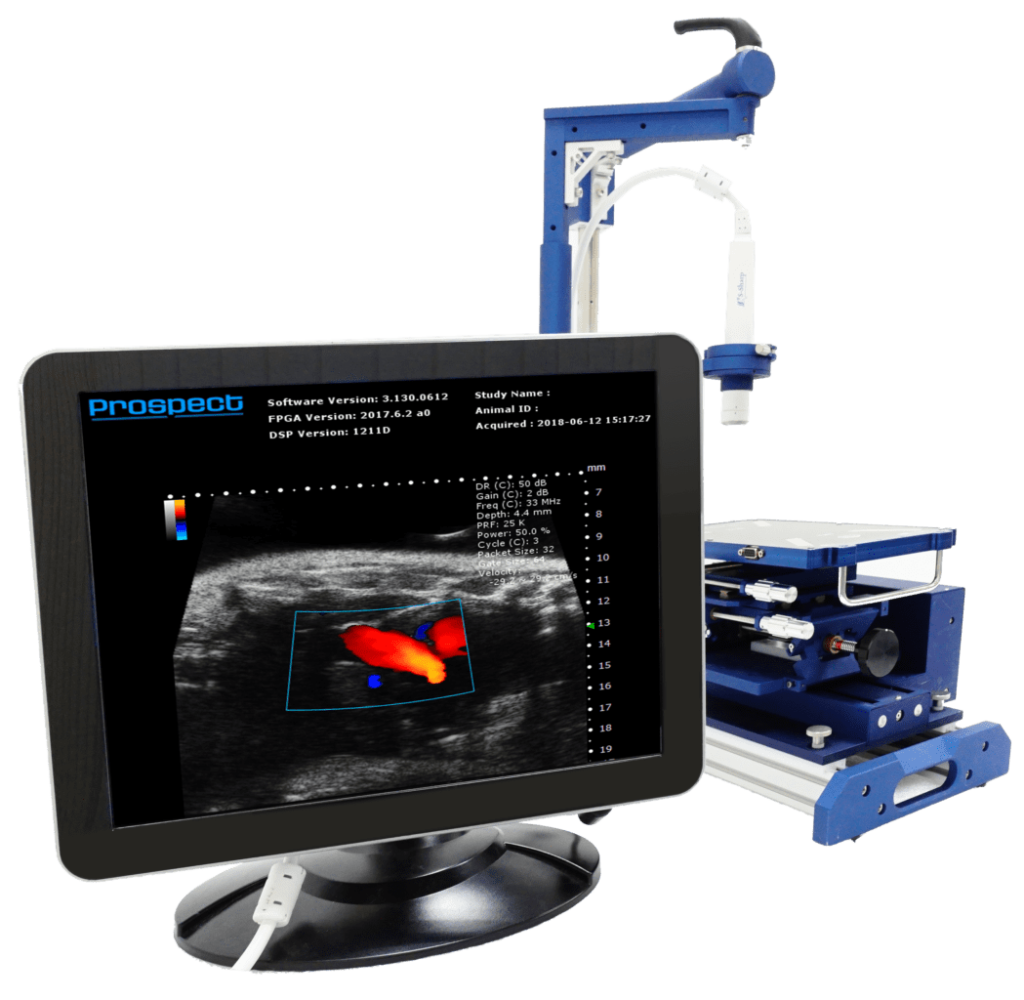System Used:
Prospect T1

Authors:
Jenny Ling-Yu Chen 1 2 3, Chun-Kai Pan 4, Yu-Sen Huang 1 5, Ching-Yi Tsai 4 6, Chun-Wei Wang 1 2, Yu-Li Lin 7, Sung-Hsin Kuo 2 3, Ming-Jium Shieh 8
Article Review:
Development of novel approaches for the treatment of advanced cancer is of paramount importance. Radiotherapy (RT) is widely used in the treatment of tumours and as such considerable effort has gone into the study of optimized treatment planning. Hypofractionation allows high doses of radiation to be achieved, but also to transform the tumour microenvironment from immunosuppressive to proimmunogenic, increasing the efficacy of cancer treatment. Unfortunately, while effective, high-dose RT is also known to induce a resistance to anticancer treatment through the expression of programmed death-ligand 1 (PD-L1) on tumour cells. To combat this, targeting of the immunosuppressive mechanism via a blockade of the PD-L1 axis in combination with RT has been shown to amplify the therapeutic effect. Adding to the complexity of the situation is the vascular response to RT, which shows apoptosis and senescence of endothelial cells in response to high-dose irradiation, resulting in tissue hypoxia and increased radioresistance. Anti-angiogenic therapy thus presents an opportunity to normalize tumour vasculature and further increase RT efficacy.
In this study published in Cancer Immunology, Immunotherapy, Chen et. al. evaluated the efficacy of combined high-dose irradiation, anti-PD-L1, and anti-angiogenic therapies. Using a lung cancer mouse model, it was shown that RT efficacy can be enhanced through the combination of anti-PD-L1, anti-VEGF therapy, and high-dose irradiation, albeit weakly. Quantified power Doppler sonography using the S-Sharp Prospect T1 Ultrasound evaluated vasculature after RT and anti-angiogenic therapy was assessed by quantified power Doppler sonography. Transient vessel collapse was observed within days after RT and longitudinal blood flow assessment results of the subjects receiving anti-VEGF therapy + RT were similar to controls, suggesting a therapeutic effect on the vasculature which could lead to improved tumour blood flow.
While these results did not provide large scale changes, they did provide evidence of the immunosuppressive tumor environment and offer insights into the design of new combination treatment approaches.
For more information about the S-Sharp Prospect T1 Preclinical Ultrasound System please reach out to us!

